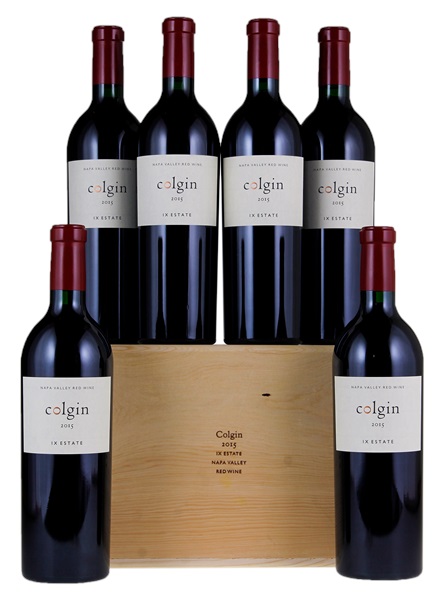
Image above is an example. To view the image of the lot, click the item number.
Estimate

Crème de cassis, blueberries, violets, flowers, and lead pencil shaving-like notes all soar from the glass and it hits the palate with a youthful, full-bodied, beautifully concentrated style...
Huge swaths of tannin enshroud the fruit in this decidedly virile, intense Pritchard Hill red.
This is a broad-shouldered wine, underscoring the richness of the vintage. But it is also bright and fresh with a light bitter and hazelnut character on the finish. Full-bodied, focused and textured with a dusty tannin mouthfeel.
Assertive, with an agreeable texture that eases the tannic strength, making this a powerful expression of extracted Cabernet flavors like dark berry, cedar, graphite, tar and more.